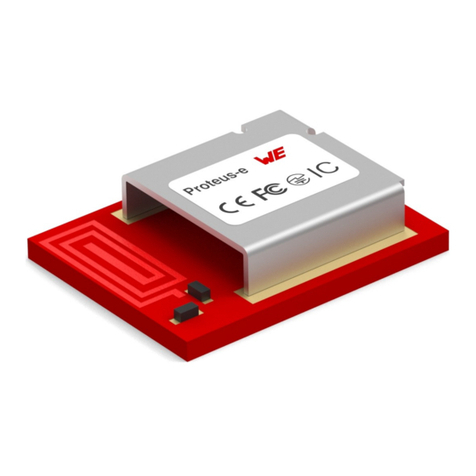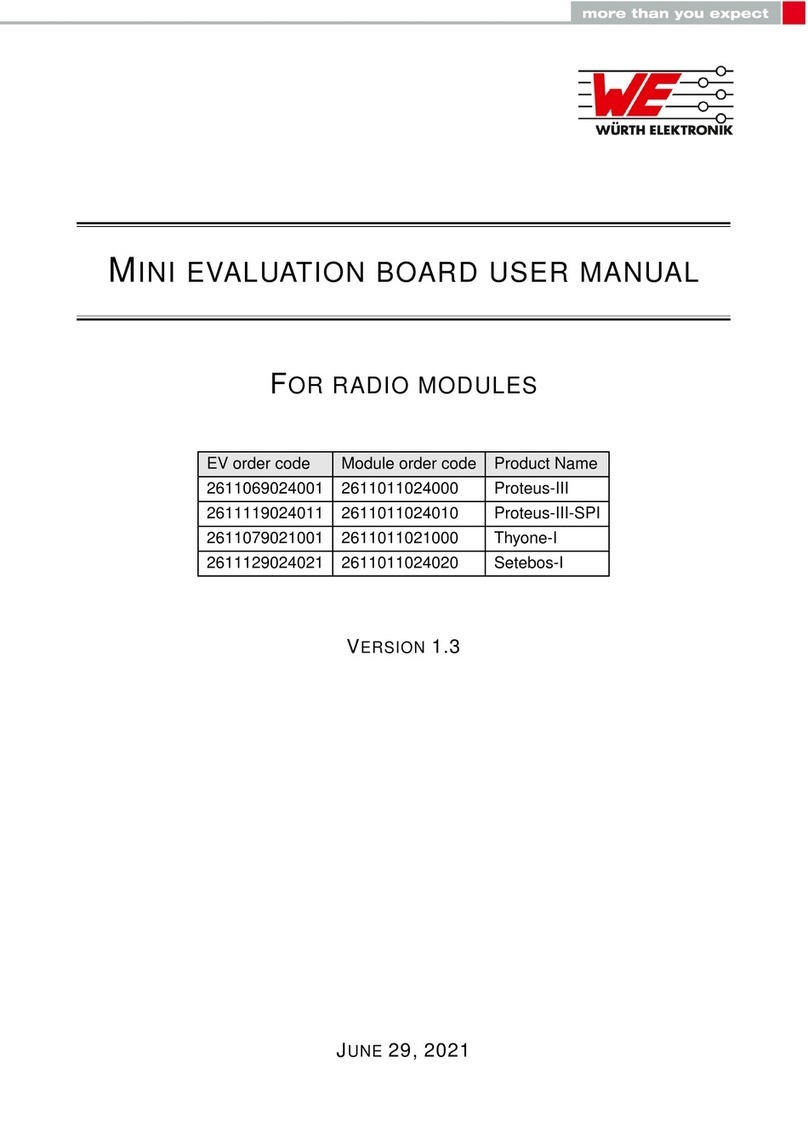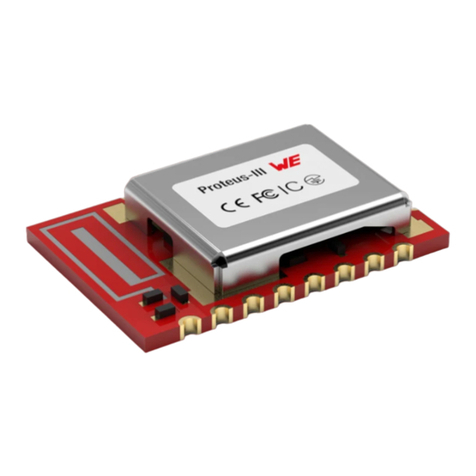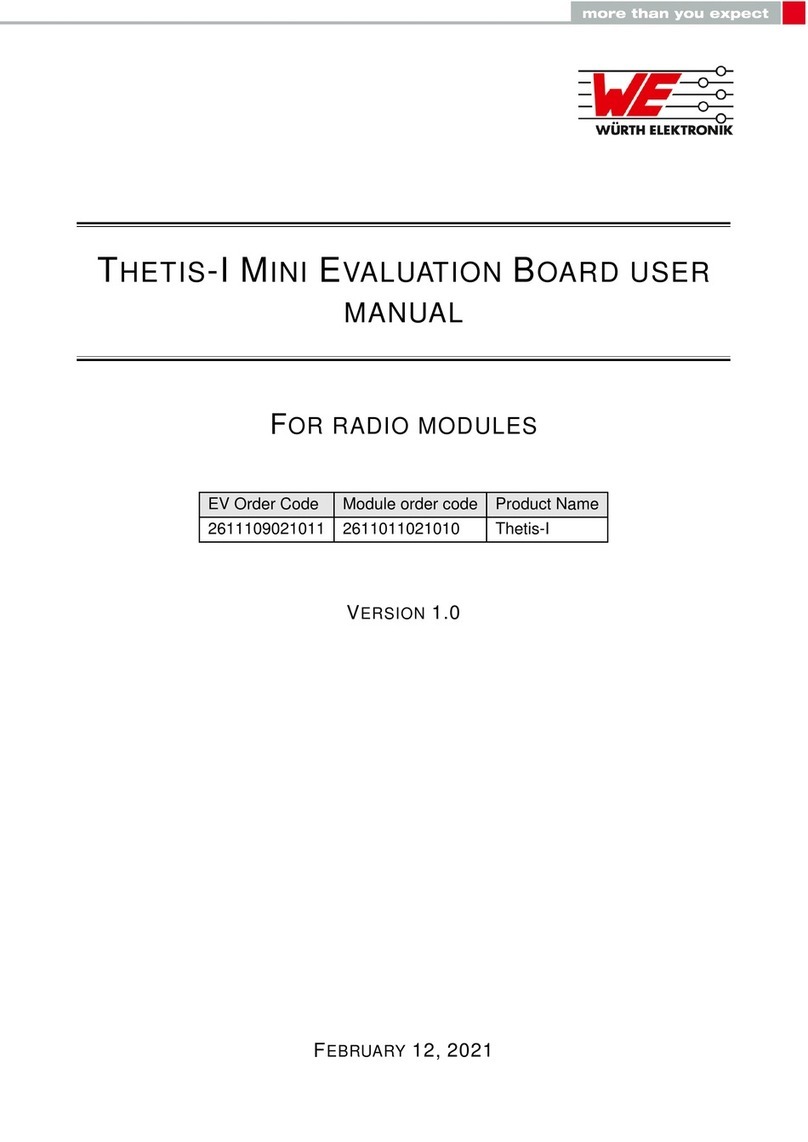
WIRELESS CONNECTIVITY & SENSORS
Evaluation board user manual
Contents
1 Supported radio modules 5
2 Functional description 5
2.1 Takingintooperation................................. 6
3 Development board 7
3.1 Blockdiagram..................................... 7
3.2 Overview ....................................... 8
3.3 Jumpers........................................ 9
3.3.1 JP1...................................... 9
3.3.2 JP2...................................... 10
3.3.3 JP3...................................... 10
3.3.4 JP4...................................... 10
3.3.5 JP5...................................... 10
3.4 Connectors and pin headers . . . . . . . . . . . . . . . . . . . . . . . . . . . . . 12
3.4.1 CON1 .................................... 12
3.4.2 CON2 .................................... 13
3.4.3 CON3 .................................... 13
3.4.4 CON4 .................................... 13
3.4.5 CON5 .................................... 14
3.4.6 CON6 .................................... 14
3.4.7 CON7 .................................... 14
3.4.8 CON8 .................................... 15
3.4.9 CON9 .................................... 16
3.5 Buttons ........................................ 17
3.5.1 nRESET button............................... 17
3.5.2 Wake-upbutton ............................... 17
3.6 LEDs.......................................... 18
3.6.1 Power .................................... 18
3.6.2 Mode..................................... 18
3.6.3 Status .................................... 18
3.7 Functionblocks.................................... 19
3.7.1 Powersupply ................................ 19
3.7.2 JP3 - Current measurement . . . . . . . . . . . . . . . . . . . . . . . . 19
3.7.3 UARTviaUSB................................ 19
3.7.4 UARTdirect ................................. 19
3.8 Schematic....................................... 20
3.9 Layout......................................... 21
3.10 Radiation characteristic of the module’s internal antenna . . . . . . . . . . . . . 23
4 Regulatory compliance information 24
4.1 Exemptionclause................................... 24
5 Important notes 25
5.1 General customer responsibility . . . . . . . . . . . . . . . . . . . . . . . . . . . 25
Calypso 3
Version 1.6, June 2023 www.we-online.com/wcs



































